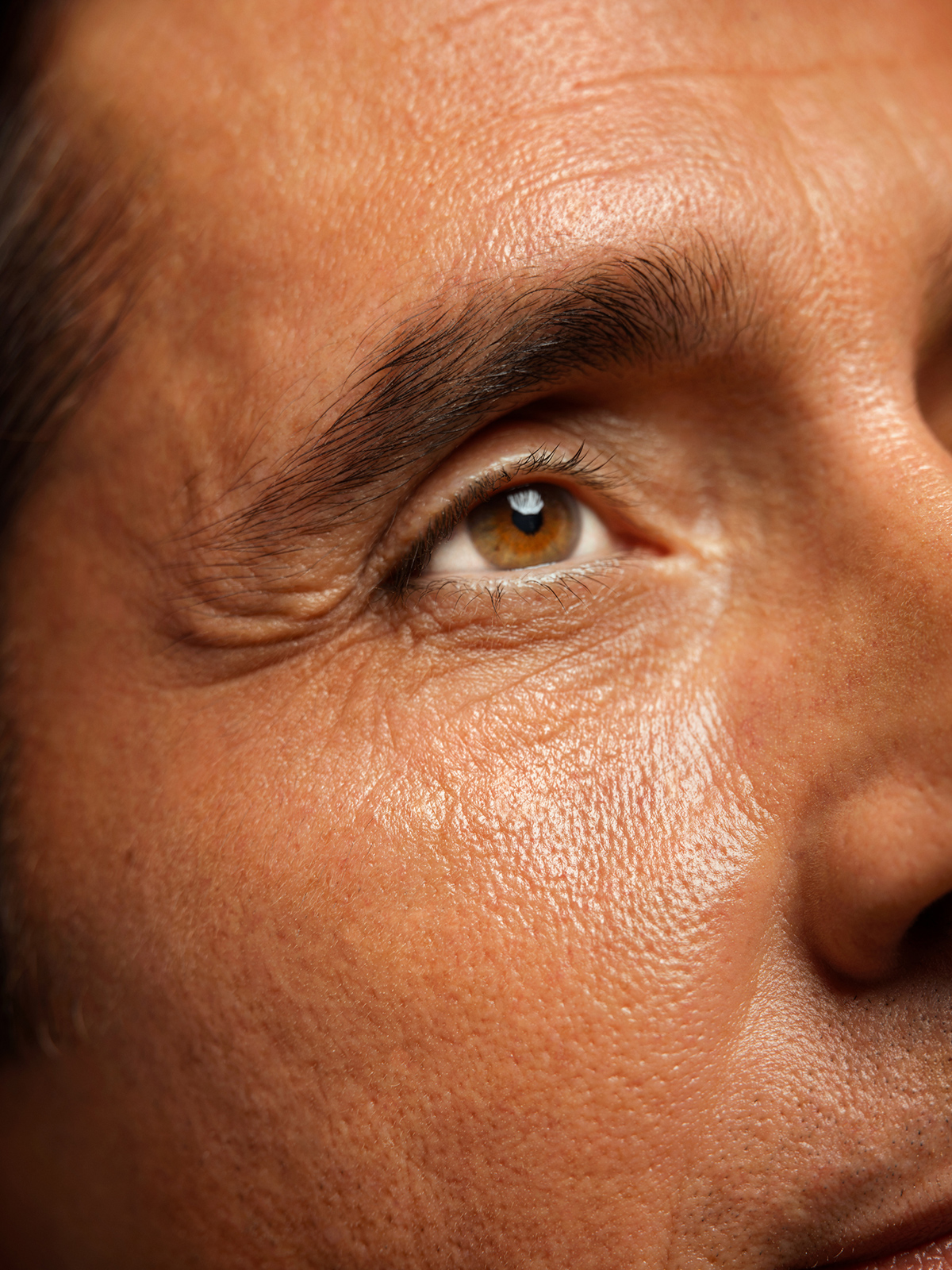
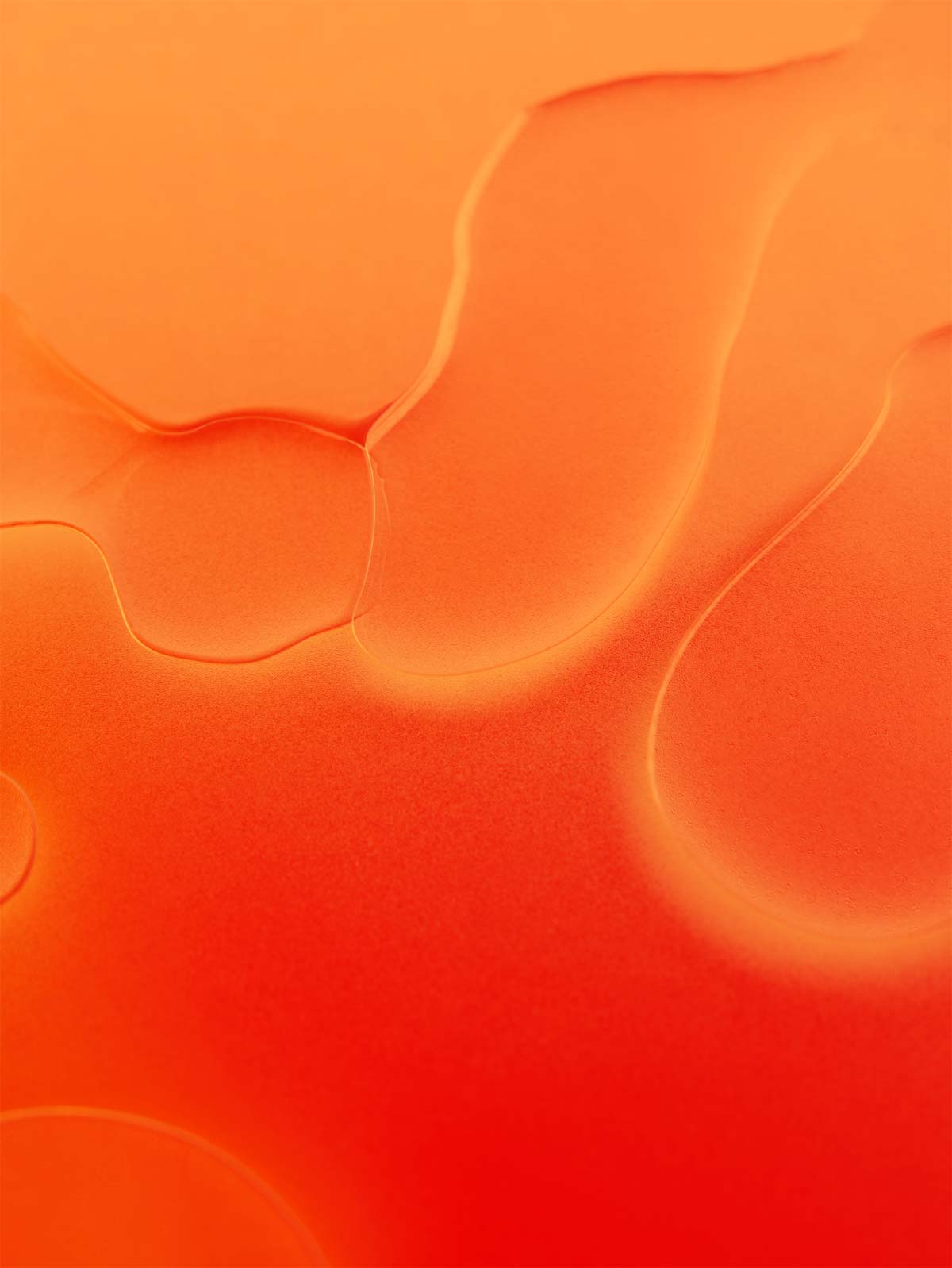
Structure of aging skin and changes that occur
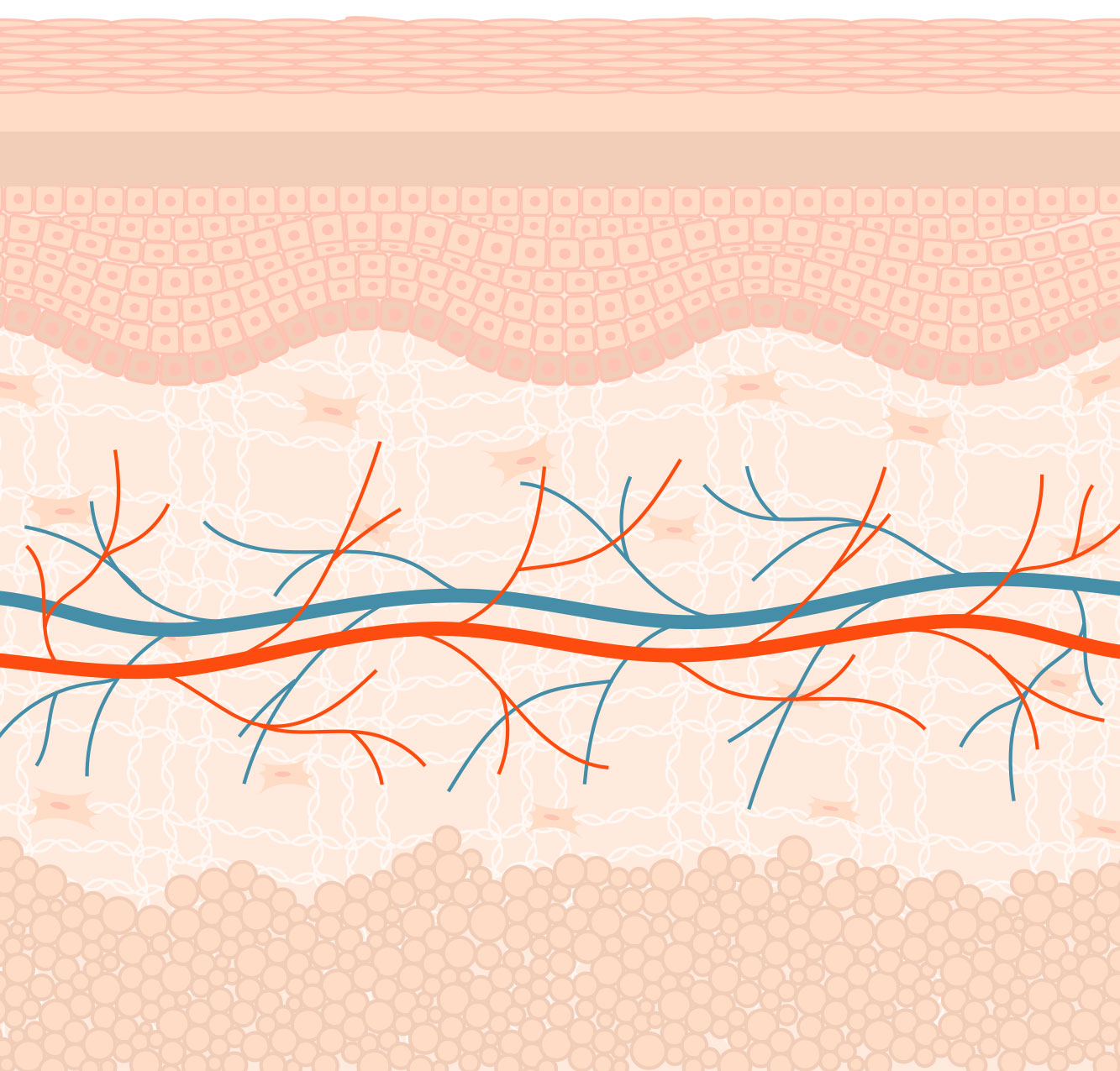
At the age of 20, the skin is firm, elastic and healthy thanks to active connective tissue cells, keratinocytes (cells of the surface layer of the skin) and functioning blood circulation. Collagen production begins to decrease by about one percent per year.
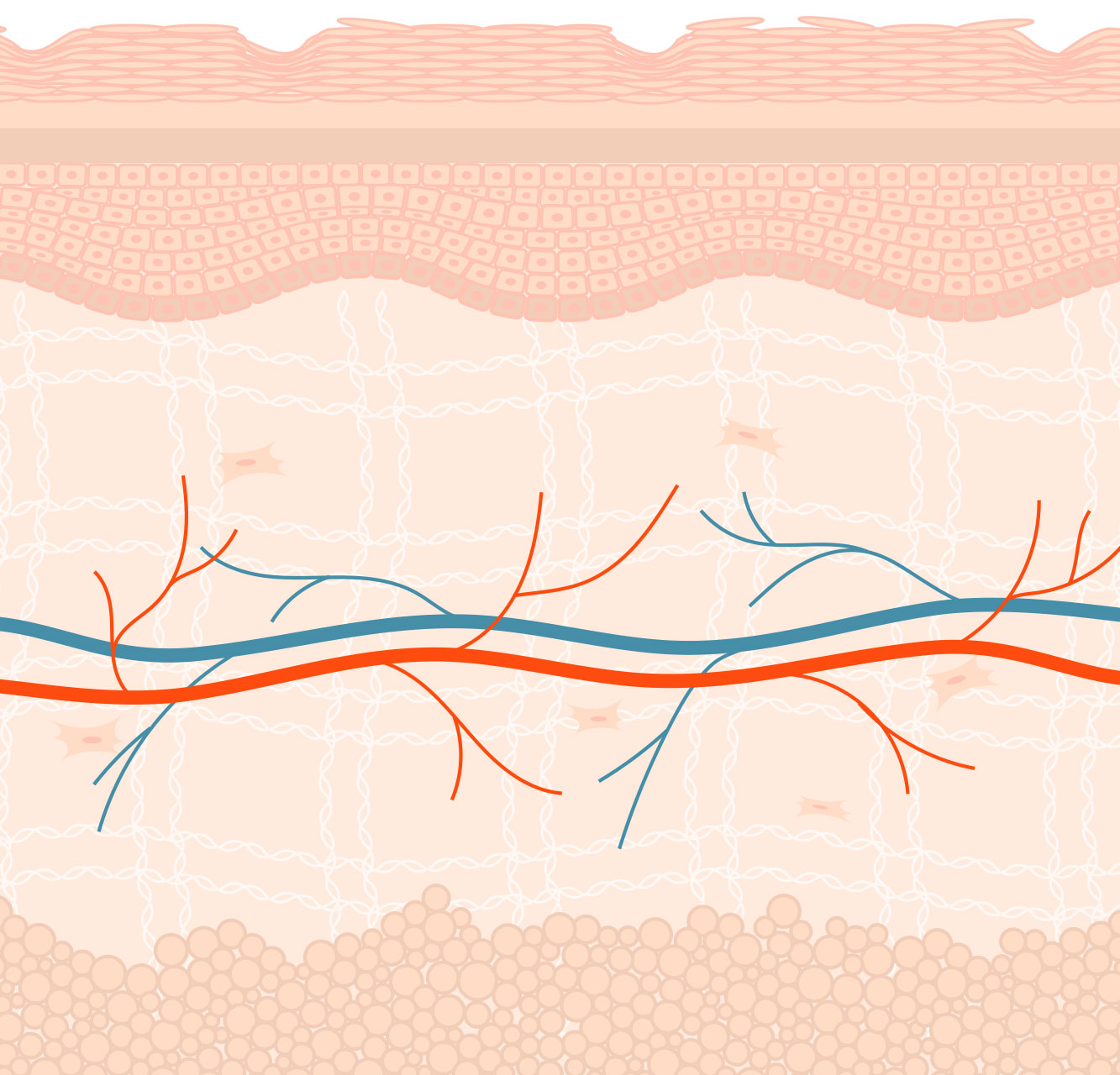
At the age of 40, collagen production decreases significantly and the changes in the aging skin become visible. At this time, cell renewal also slows down. Keratinocytes (cells of the surface layer of the skin) no longer function as actively as in young skin. Slower keratinocyte renewal weakens the skin’s protective barrier. As the blood supply weakens, the flow of oxygen and nutrients to the skin decreases. Connective tissue cells also function less well, which also reduces the production of elastin and hyaluronic acid. This, in turn, leads to a decrease in skin elasticity, the formation of surface wrinkles and drying of the skin.
At this point, people often resort to buying collagen products in the hope of introducing new collagen into their skin. Collagen is not absorbed from the skin’s surface in amounts that are significant in replacing lost collagen. Collagen is a protein, so it breaks down in the digestive tract, which is why orally taken collagen will also not pass directly through to the skin. If collagen is administered directly under the skin as injections, the desired effect of improving the structure of the skin can be achieved. Tience contains collagen, but even more importantly, Tience has been shown to trigger the skin cells’ own production of collagen. Contrary to popular belief, there are several types of collagen and their effects are different in different layers of the skin. The collagens produced with Tience are natural to the body and together are more functional than individual collagens obtained from other sources.
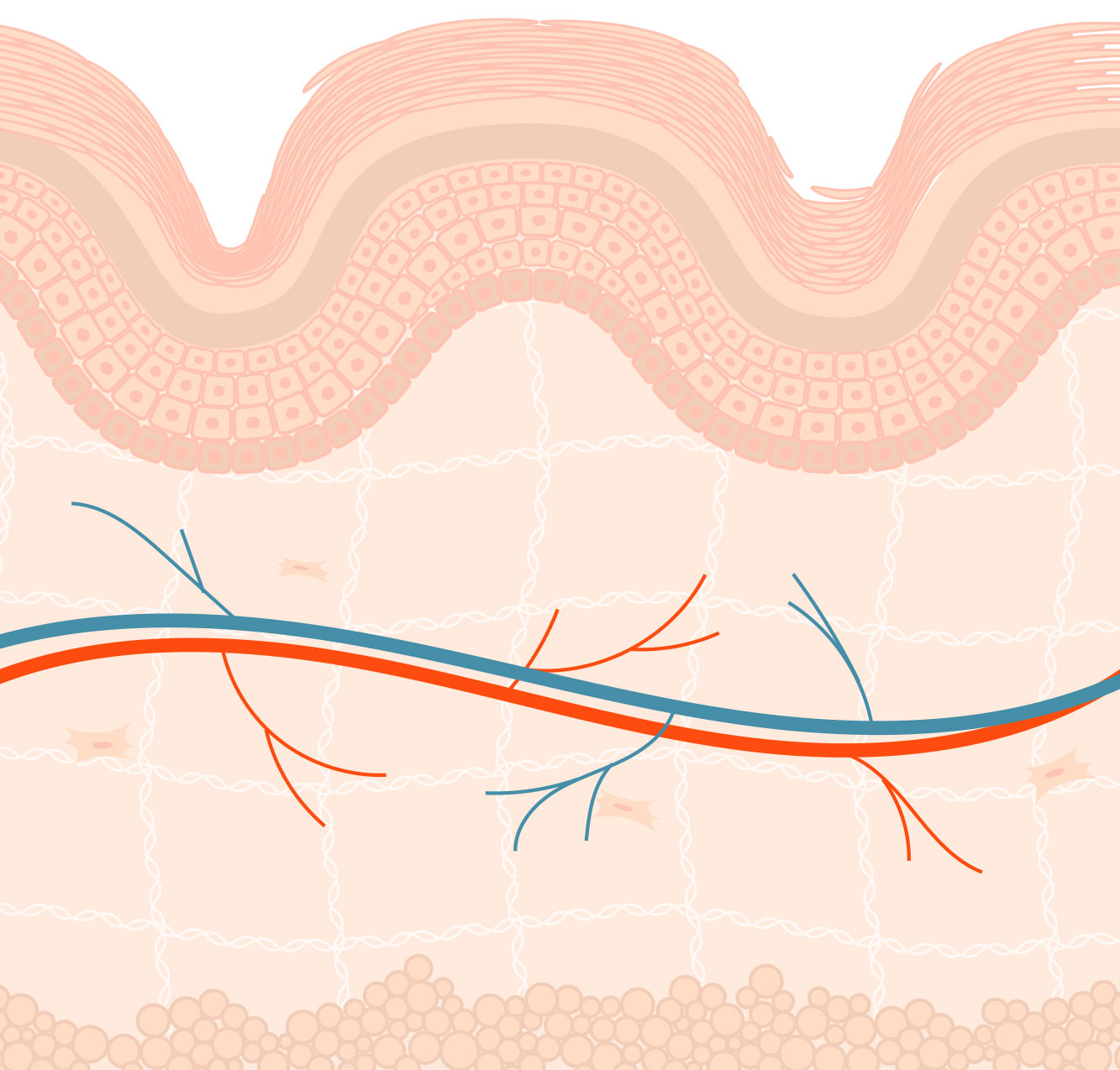
After the age of 60, both the skin and the subcutaneous fat layer thin significantly. The skin becomes thinner, drier, loses elasticity and begins to sag, causing deep wrinkles to become more common. As the skin ages, its color may become pale and superficial blood vessels become more visible. Blood vessels are fragile and break easily. The decline in keratinocyte function reduces the production of the fats the skin needs, making the skin dry and susceptible to damage. The skin is no longer able to act as an effective protective barrier against external stress (UV light, chemicals, etc.). As a result of these sources of external stress, the number of functioning cells in the skin decreases further, continuing to drive the vicious circle.
Tience enhances skin renewal – Aging skin
The key effects of Tience against skin aging-related events are the activation of connective tissue cells and keratinocytes and the enhancement of blood circulation in the skin. Tience® restores conditions that favor skin renewal. This allows the skin to produce collagen, hyaluronic acid and elastin. Tience makes it possible to correct changes in aging skin. Tience® affects the natural behavior of the skin, which explains why the effect of the treatment is long-lasting and why it progresses in stages. Since Tience treatment optimizes the skin’s own behavior, the results of treatment develop over several months.

Benefits of Tience® in the care of aging skin
In studies conducted on human cells Tience has been shown to increase the production of structural proteins in human skin cells. Structural proteins play an important role in improving skin vitality and in the skin’s most important function, which is to serve as a protective barrier for the body. Activated connective tissue cells increase the production of collagen, elastin and hyaluronic acid in the skin.
- Collagen and elastin improve skin structure and elasticity
- Hyaluronic acid improves skin moisture balance
- Activation of keratinocytes strengthens the surface layer of the skin
- Increased blood circulation in the treatment area enables a long-term skin function-improving effect, increasing the transport of nutrients